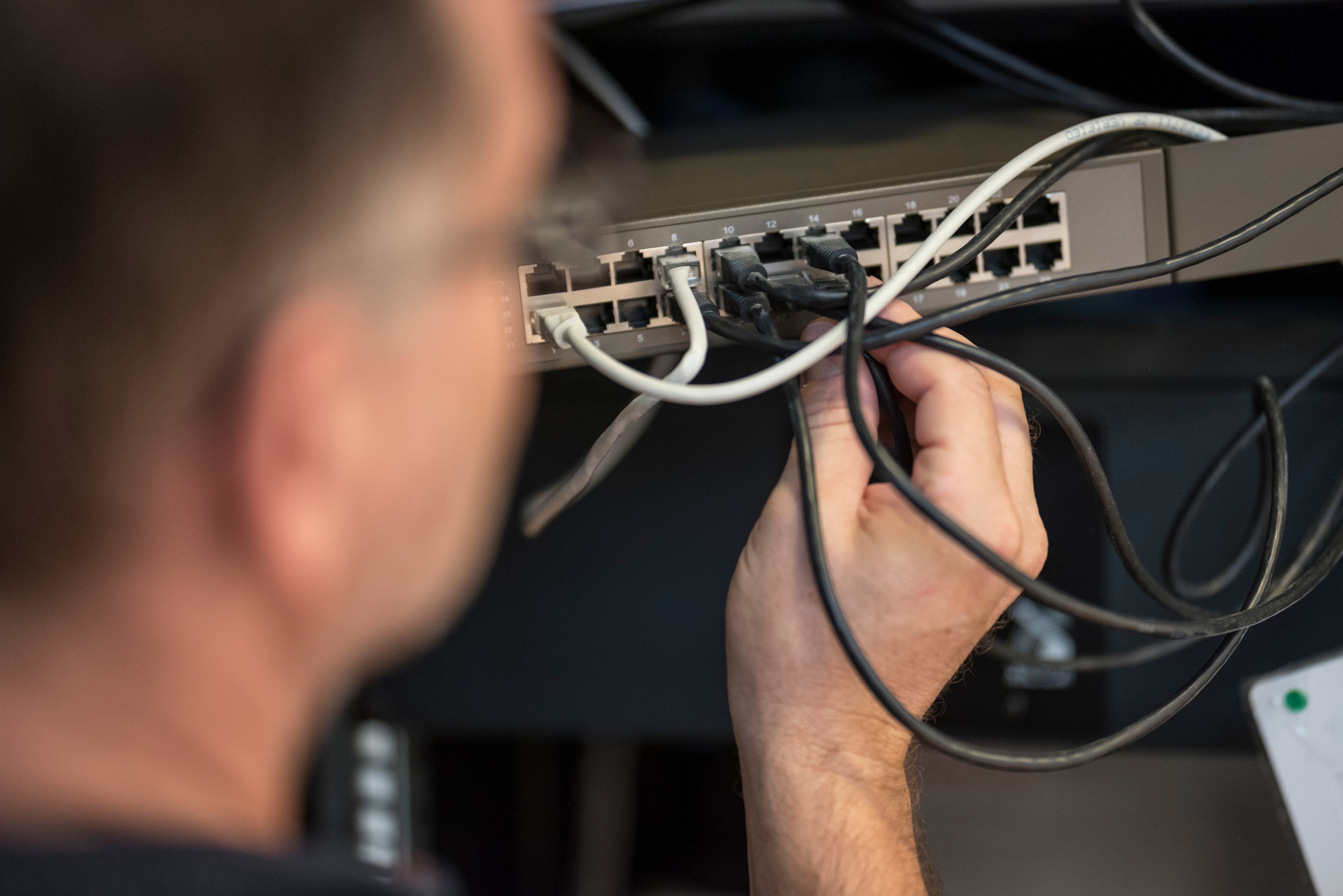Nokia (NOK +1.54%) reported its second-quarter results before the market opened on July 25. After a tough first quarter to start 2019, the company managed to grow revenue and earnings in the second quarter, driven by a solid performance from its networks segment. Adoption of 5G technology will drive growth over the next few years, but the company sees a few risks that could derail its outlook.
Nokia results: The raw numbers
|
Metric |
Q2 2019 |
Q2 2018 |
Change |
|---|---|---|---|
|
Sales |
5.69 billion euros |
5.31 billion euros |
7.2% |
|
Profit |
258 million euros |
139 million euros |
85.6% |
|
Earnings per share |
0.05 euros |
0.03 euros |
66.7% |
Data source: Nokia. All figures non-IFRS (International Financial Reporting Standards).
What happened with Nokia this quarter?
- On a constant-currency basis, total revenue was up 5% year over year.
- Networks revenue was 4.39 billion euros, up 8% year over year, or 5% adjusted for currency.
- Within the networks segment, mobile access revenue grew 7% to 2.82 billion euros, fixed access revenue slumped 9% to 447 million euros, IP routing revenue rose 21% to 715 million euros, and optical networks revenue jumped 12% to 407 million euros.
- Networks gross margin declined by 2 percentage points year over year to 31.1%, while operating margin rose by 1.9 percentage points to 2.7%.
- Nokia software segment revenue was 678 million euros, up 11% year over year, or 8% adjusted for currency.
- Software gross margin rose 6.6 percentage points year over year to 52.7%, and operating margin surged 13.7 percentage points to 20.2%.
- Nokia technologies segment revenue was 383 million euros, up 6% year over year, or 4% adjusted for currency.
- Technologies gross margin jumped 0.6 percentage points to 98.7%, while operating margin rose 3.7 percentage points to 84.6%.
- Overall, Nokia reported a non-IFRS gross margin of 37.2%, and a non-IFRS operating margin of 7.9%.
- A quarterly dividend of 0.05 euros will be paid on or around Aug. 8.

Image source: Nokia.
What management had to say
CEO Rajeev Suri discussed the company's progress during the second quarter in his prepared remarks: "In the quarter, we saw good year-on-year growth, meaningful improvements in profitability, robust progress in our strategic expansion areas of Software and Enterprise, and excellent momentum in our IP Routing business. We also continued to enhance our position in 5G, and now have 45 commercial 5G deals and nine live networks.
Suri also laid out the risks facing the company: "Risks remain in the year, including execution demands in the second half, trade-related uncertainty, and challenges in the China market. Given these risks, we will continue to focus on tight operational discipline, delivering on our 700-million [euro] cost-savings program, improving working capital management, and advancing the implementation of our strategy."
Looking forward
Nokia maintained its guidance for both 2019 and 2020:
- 2019 non-IFRS earnings per share between 0.25 euros and 0.29 euros, and a non-IFRS operating margin between 9% and 12%.
- "Slightly positive" recurring cash flow in 2019. This metric includes proceeds from asset sales.
- 2020 non-IFRS earnings per share between 0.37 euros and 0.42 euros, and a non-IFRS operating margin between 12% and 16%.
- "Clearly positive" recurring cash flow in 2020.
- Nokia still expects to outperform its primary addressable market this year and over the longer-term. The company expects its primary addressable market to grow slightly in 2019 on a constant-currency basis.
While the core networks business performed well in the second quarter, a weak first quarter led to a weak first half overall. "The slow start to 2019 and weak overall first half puts significant pressure on execution in the second half," the second-quarter report said.
With Nokia maintaining its full-year guidance, the company is expressing confidence that it can deliver solid results in the second half. But there's still plenty that could go wrong.






